Before you embark on a day of driving your car, it’s crucial to undergo a driving test to assess your ability to operate a vehicle. A driving test typically evaluates your understanding of traffic laws, legal and illegal parking laws, your ability to control the vehicle, and your awareness of potential hazards. This ensures that you have the necessary skills and knowledge to navigate safely on the roads, protecting yourself and others.
Take Driving Courses at LTO
The Land Transportation Office (LTO) in the Philippines oversees various driving courses aimed at enhancing road safety and promoting responsible driving practices. One of these courses is the Basic Driving Course (BDC) which covers essential traffic rules and basic driving skills. The LTO endeavors to cultivate a culture of safety, competency, and adherence to traffic regulations among drivers in the Philippines, ultimately reducing road accidents and improving overall road safety.
Let’s Take a Refresher on Parking Laws!
Now that you have a grasp of legal and illegal traffic and road signs, this article will delve into the world of the parking industry. With the increasing number of car owners, the issue of parking has intensified, leading to congestion and road blockages.
The Philippine Government, particularly the Land Transportation Office (LTO), enforces strict illegal parking laws during driver’s license processing. Here’s a refresher on the illegal parking laws imposed by the LTO and why you should avoid them.
What is the Illegal Parking Law in the Philippines?
Republic Act 4136, also known as the Land Transportation and Traffic Code Rules, was enacted by the Philippine Land Transportation Office (LTO) in 1964. It serves as a comprehensive guide for all matters related to traffic management, road safety, and land transport. This law on illegal parking outlines the mandatory rules, regulations, and requirements for operating land vehicles, including motorcycles and cars, as well as penalties for non-compliance by vehicle owners. Additionally, it covers traffic regulations and violations related to parking management.
Illegal Parking Laws in the Philippines
Parking laws are frequently violated in the country, leading to illegal parking violations, road congestion, and accidents. Here 10 of the illegal parking laws in the Philippines you must know of.
1. Areas with a “No Parking” Signage
It is the most common signage you will see anywhere, especially for private spaces and residential areas. You are prohibited from parking on a street or on the side of the road bearing a “No Parking” signage.
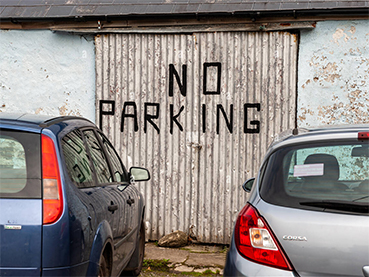
2. Don’t Block the Driveway
You must know that in the Philippines, someone’s private space is automatically off-limits for everyone else. It becomes burdensome for homeowners if you block their driveway, especially in times of emergency.
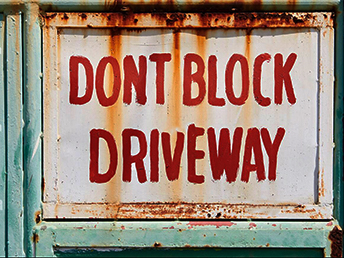
3. Parking on Sidewalks
Parking on sidewalks is discouraged for a lot of reasons. Ultimately, though, sidewalks are designed to provide safe pathways for pedestrians, including those with mobility issues. So when you park on sidewalks, you are essentially forcing pedestrians to walk on the road, increasing their risk of accidents, especially in areas with high traffic.
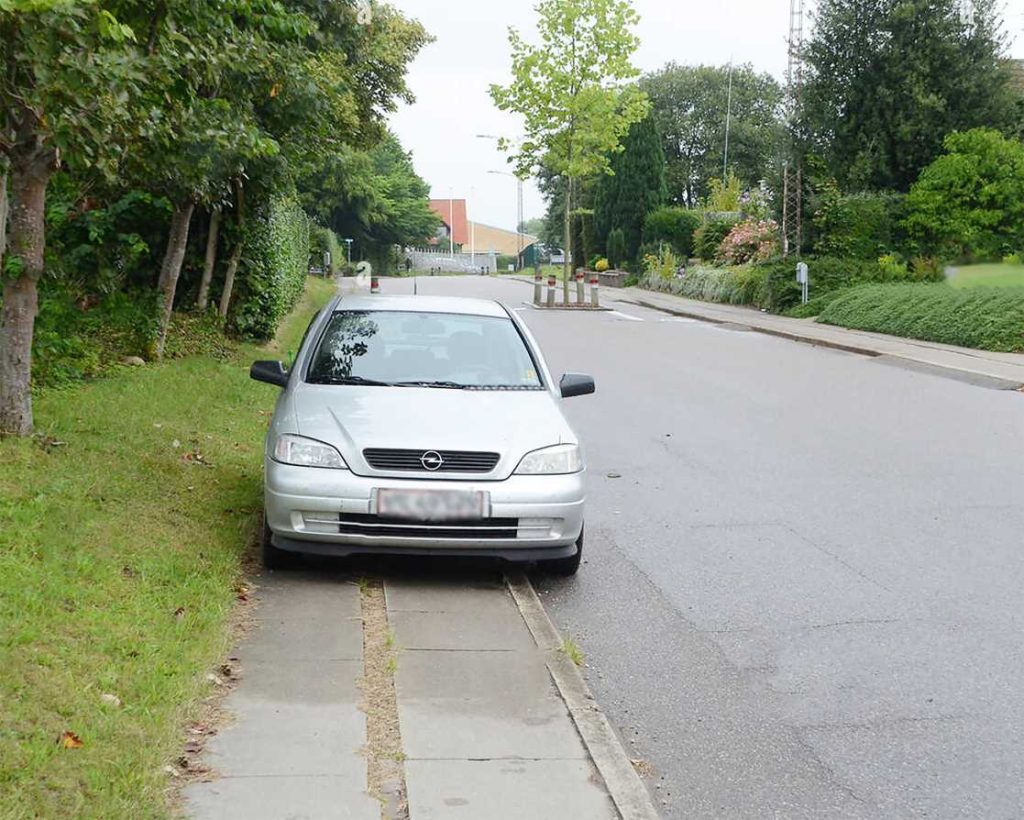
4. Parking Laws in Residential Areas
Residential areas strictly adhere to no double parking laws and obstruction laws due to the narrow roads here in the Philippines. Again, #2, do not block someone’s driveway.
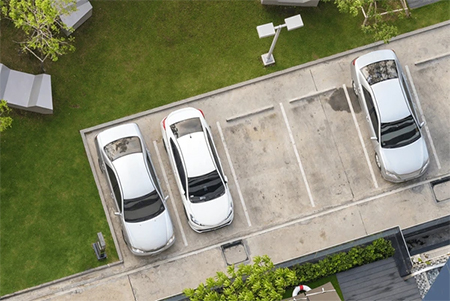
5. Parking at an Intersection
It is strictly prohibited to park at and inside an intersection. You must park your vehicle no closer than 6 meters away from the stop line of an intersection.
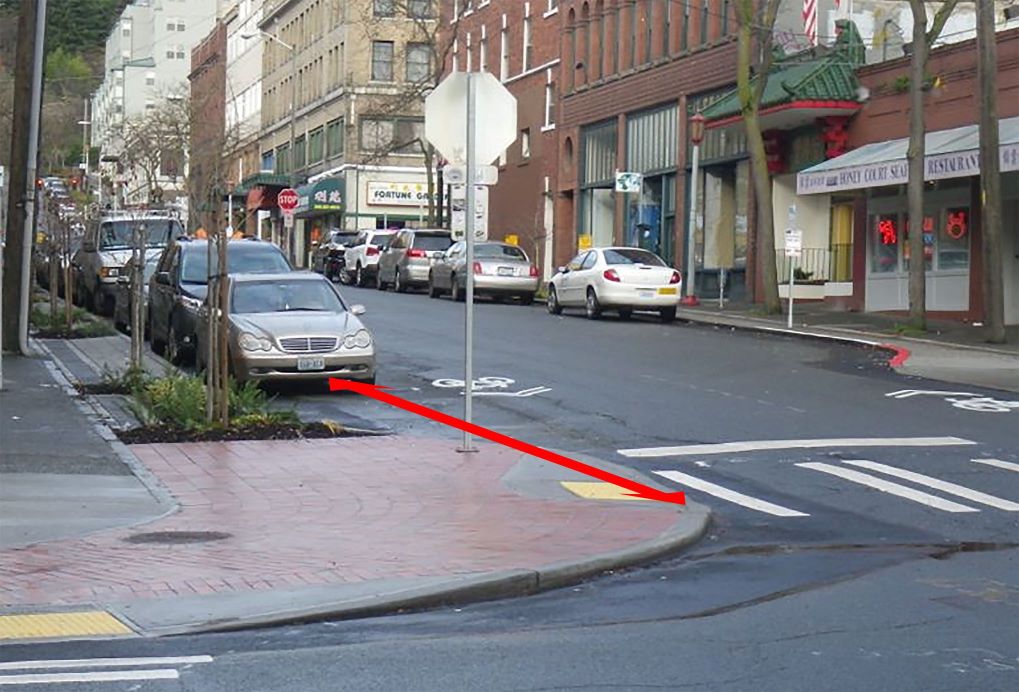
6. Parking Near Pedestrian Crossings
Parking near pedestrian crossings or within a few meters from the side of pedestrian lanes obstructs pedestrians’ view of the road and increases the risk of accidents for both drivers and pedestrians. Drivers must anticipate pedestrian lanes early and ensure they don’t encroach on them, especially at red lights.
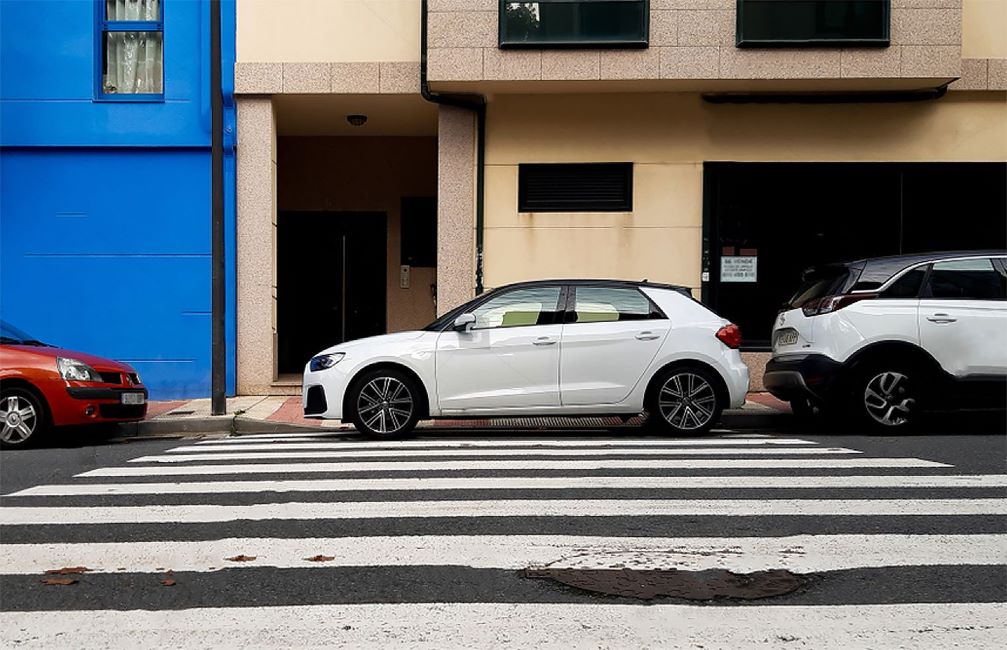
7. Double Parking Besides Parked Vehicle
As mentioned earlier, it is also prohibited to have double parking, whether it is in public or private spaces because it might pose risks and accidents.
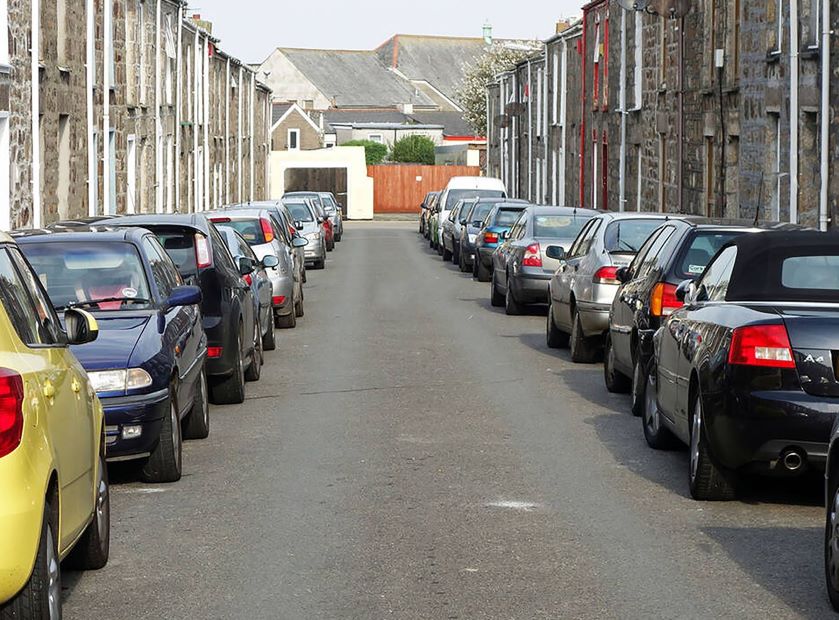
8. Vicinity of Footbridges
Aside from parking near pedestrian lanes, it is also prohibited to park near the vicinity of a footbridge as it obscures the driver’s view.
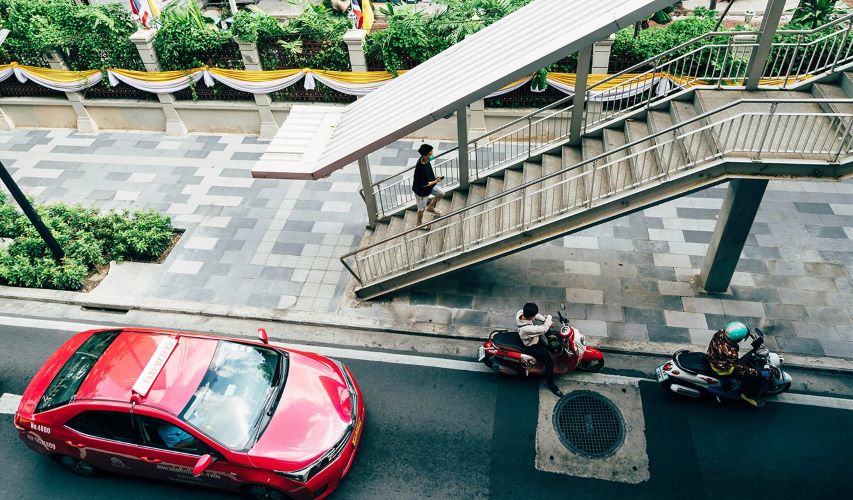
9. Parking Along All Major Roads
One of the major roads in the Philippines is the Epifanio de los Santos Avenue Road, also known as EDSA. You must be aware that all major roads often get a huge number of vehicles that pass through regularly. So, parking along all major roads can create congestion and disruption of traffic, or worse might result in an accident and incident.
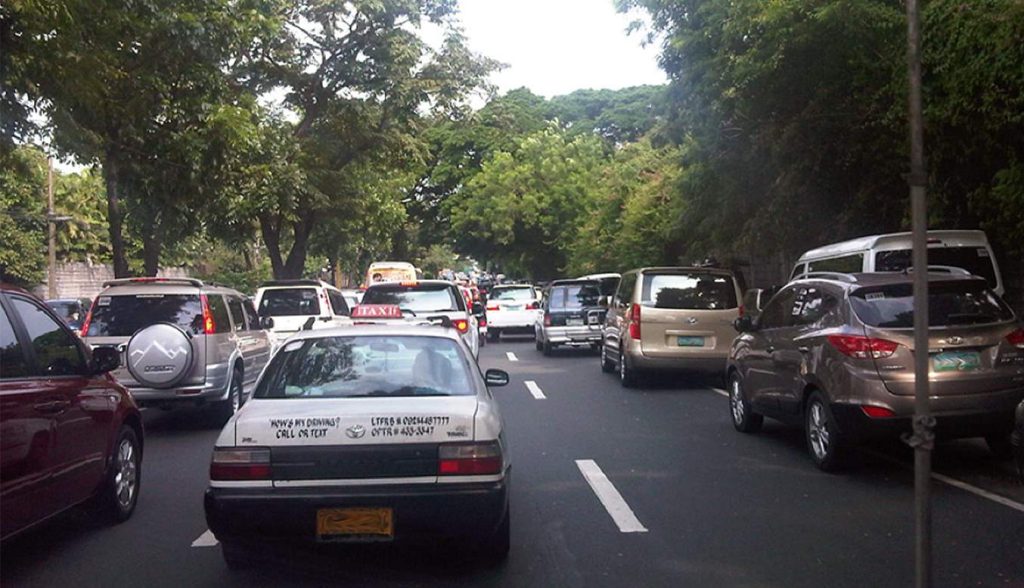
Photo from: https://wingatchalian.com/news/mmda-should-make-mabuhay-lanes-permanently-free-of-illegally-parked-vehicles/
10. Parking at least 4 Meters from a Fire Hydrant and Fire Station Entrance
In life-and-death emergencies, you are strictly prohibited from parking too close to a fire hydrant and a fire station entrance to prevent blockage and disrupt the work of firefighters.
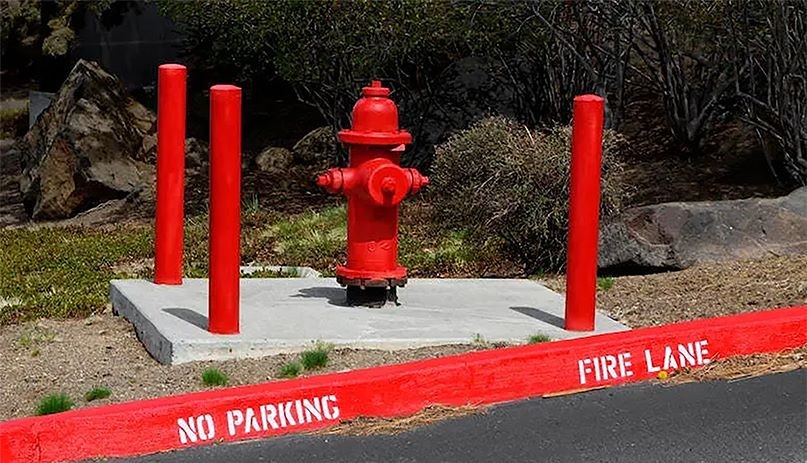
Consequences of Disobeying Illegal Parking Laws
The Land Transportation Office (LTO) enforces penalties and fines for violating parking laws, depending on the severity of the violation. The following are the punishments for illegal parking:
1. Demerit Points
This is the most lenient punishment an officer can impose. For this violation, you may receive demerit points on your driver’s license as a penalty for illegal parking, without having to pay fines. However, you will be ineligible for a 10-year license renewal.
2. Fines
The Metro Manila Development Authority (MMDA) imposes standard fines for illegal parking:
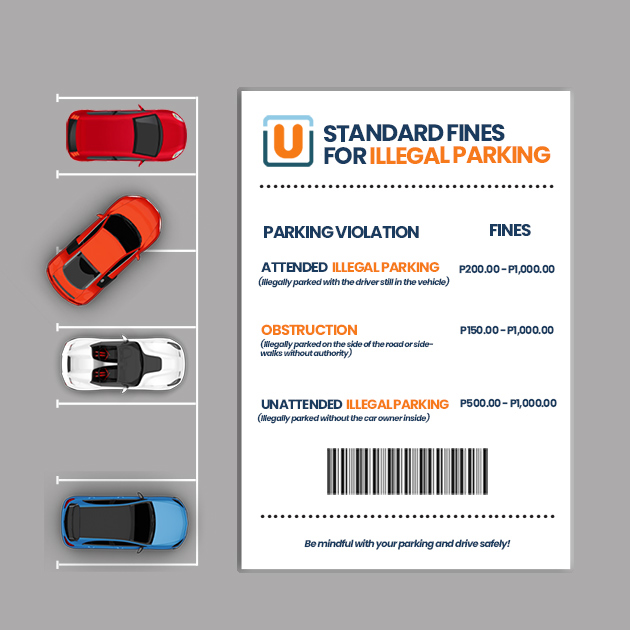
3. Clamping
Clamping is a common consequence of illegal parking on public roads. Its goal is to push violators to attend to their ticket violation and settle it right away, or worse it might be towed. Clamping can usually be resolved by paying a fine worth PHP 1,000.00 depending on the rules and regulations given by LGUs.
4. Towing and Impounding
These consequences are the most extreme punishment for illegal parking in the Philippines, which is the forced and urgent removal of illegally parked vehicles on the road. Some LGUs have their own LGU-approved towing service provider to remove the vehicles blocking the road or parking.
If your car has been towed and impounded, you also need to pay for your violation and the towing fee, which may depend on the type of the vehicle and how long it will take from the area to the impounding area:
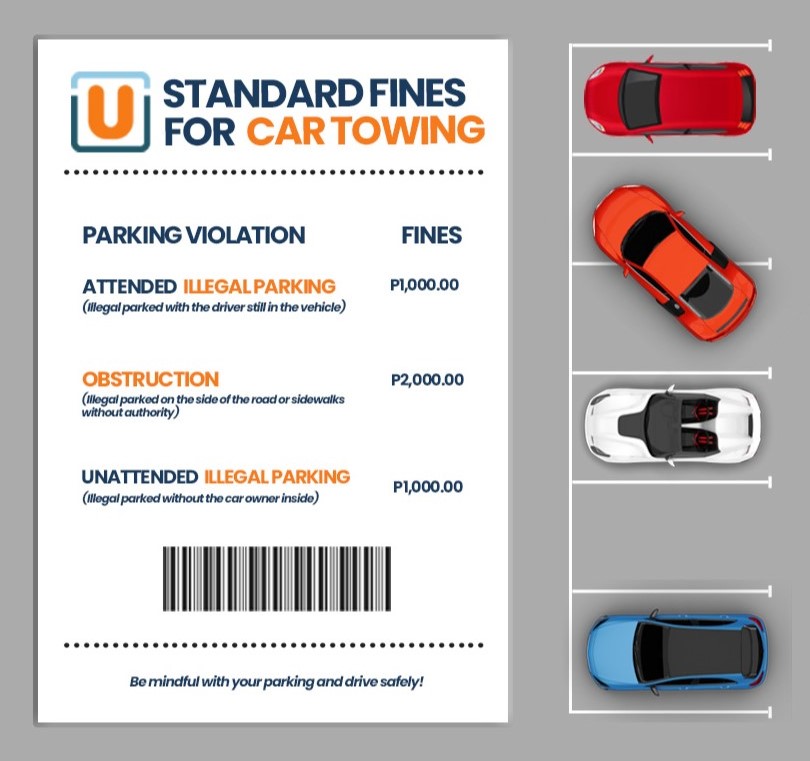
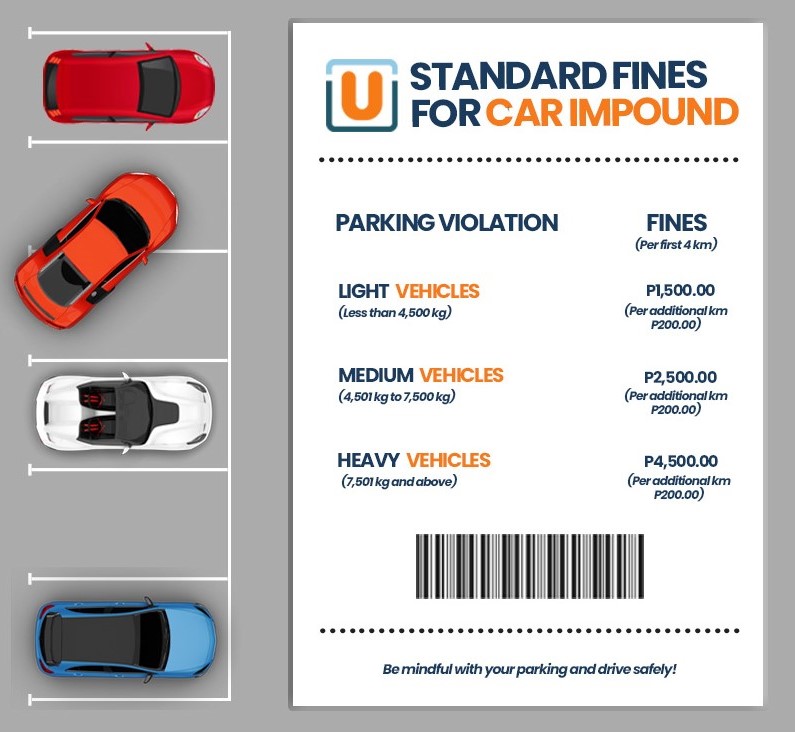
A Few Reminders
Now that you are refreshed, bear in mind that illegal parking is not a good practice for a vehicle owner to have. Ensure your safety, as well as your co-drivers and commuters when driving on the road and parked in public or private spaces.
If you seek perfect parking spaces that are safe, secure, and protect not just your car, but also you from violations and fines, park with UPark!
UPark offers you the ultimate parking experience from day to night with our various facilities across major cities in the metro. We ensure you a seamless, convenient, and efficient parking experience coupled with exceptional customer service. With UPark, you can rest assured that you are in capable hands, your car secured and you are safe!
Let’s prevent illegal parking, contact us for inquiries about parking!

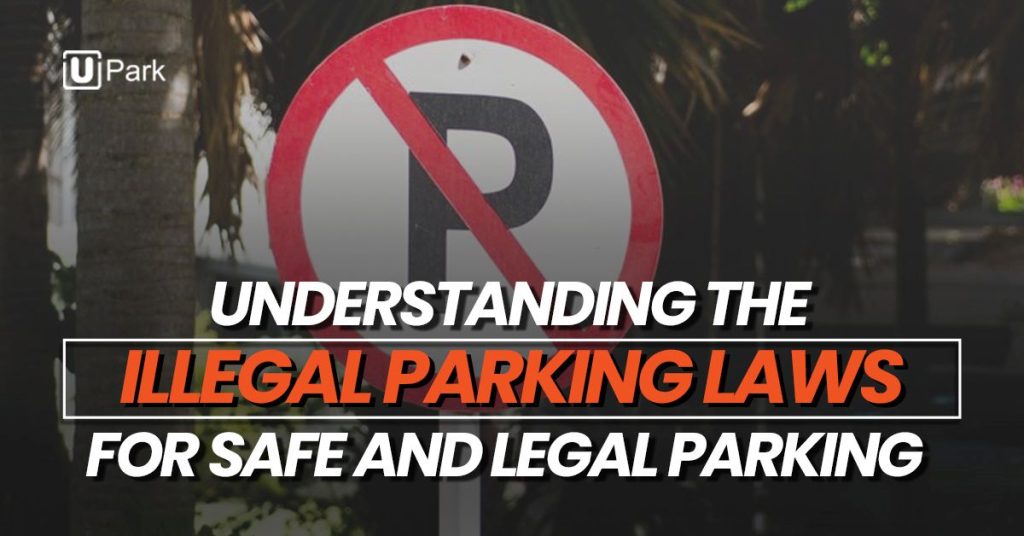
If a car is illegally/improperly parked in a private residential area, can the HOA have the car towed at the owner’s expense? What are the requirements for towing?
Illegally parked cars can be towed assuming that they are in areas prohibited by laws or areas designated by those in Authority as “NO PARKING” areas or zones.
Prohibited areas are enumerated as follows:
For information on the requirements for towing, reach out to MMDA.